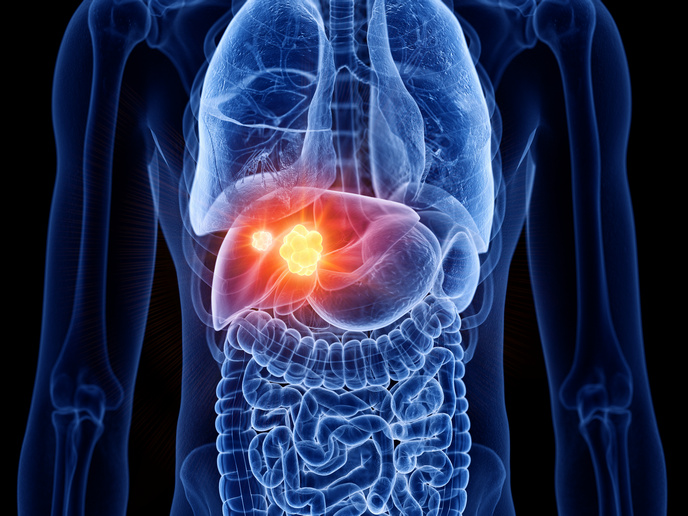Molecular players in kidney function and disease
GATA3 is a transcription factor that regulates gene expression in various tissues during development. Mutations in GATA3 are responsible for the hypoparathyroidism, renal dysplasia, deafness (HDR) syndrome, a condition associated with renal aplasia and dysfunction. Furthermore, reduced levels of GATA3 result in renal cell carcinoma. The scope of the EU-funded GATA3 IN KIDNEY (The role of the transcription factor GATA3 in kidney function and disease) project was to elucidate the function of GATA3 in the kidney by focusing on its role in glomerular development, in homeostasis or in response to injury. In this context, scientists measured the levels of GATA3 in developing and mature kidneys as well as in kidneys with glomerulonephritis. In addition, they investigated the role of GATA3 in various signalling pathways and proceeded to identify its target genes. Immunohistochemical evaluation of GATA3 showed that it was expressed in a subset of stromal progenitor cells during early stages of kidney development, as well as in their progeny in the adult mouse and human kidneys. This indicates a role in the specification of undifferentiated progenitor cells to their differentiated progeny. Furthermore, GATA3 proved to be a good marker for renal stromal progenitors. In GATA3 heterozygous mice, researchers detected fewer mesangial cells, underscoring the importance of GATA3 for normal glomerular development. GATA3 indeed emerged as a novel early marker for mesangial cell precursors and shaped their subsequent differentiation in a non-redundant manner. In addition, these mice may serve as a good model to study the kidney abnormalities observed in HDR patients. Overall, the identification of GATA3 as a robust marker for mesangial cells in health and disease could be exploited clinically as a biomarker to assess proliferative glomerulonephritis.







